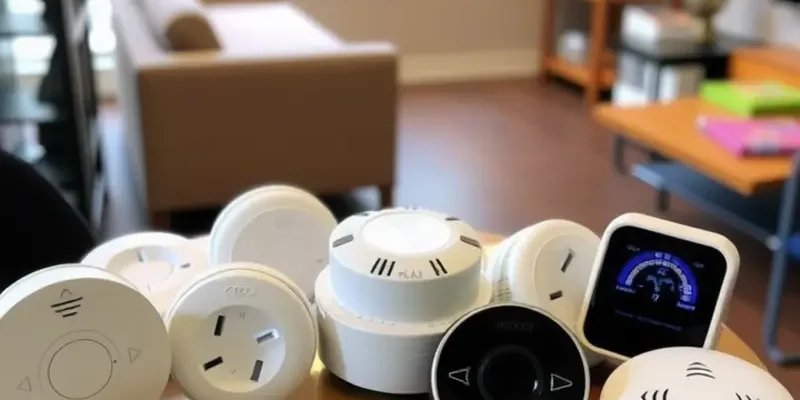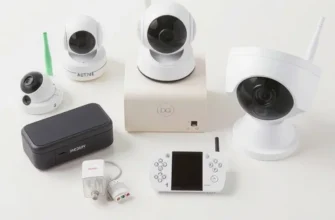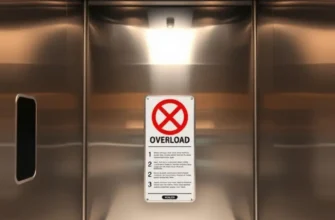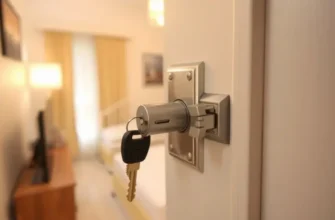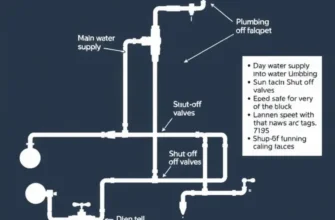When living in an apartment, ensuring your safety should always take precedence. One vital device that often goes overlooked is the carbon monoxide (CO) detector. This odorless, colorless gas can pose serious dangers if not monitored effectively. As a responsible renter, understanding your obligation to maintain a safe living environment, including having a functional carbon monoxide detector, is crucial. This guide provides practical tips on how to choose, install, and maintain your CO detector, along with helpful information about your rights and responsibilities as a tenant. By taking proactive measures, you can reinforce your safety and enjoy the peace of mind that comes from knowing you are prepared for emergencies. Let’s explore the essential steps you can take to ensure your apartment is protected from this silent threat.
Choosing the Right Carbon Monoxide Detector
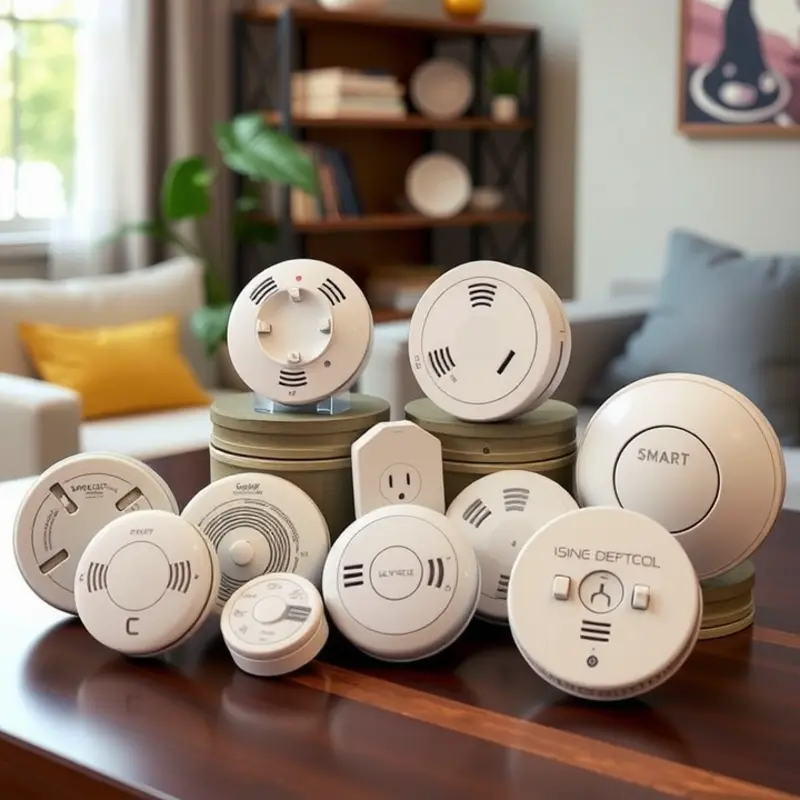
Selecting a carbon monoxide detector for your apartment requires understanding the various options available and considering how each aligns with your living situation. As a renter, you may need flexibility in installation or prefer features that do not require modifications to the dwelling. Below are some key considerations when choosing the right device.
Types of Carbon Monoxide Detectors:
-
Battery-Operated Detectors: These detectors offer flexibility and are easily portable, making them ideal for renters who might not have the authority to alter electrical wiring. They operate independently of the building’s power supply, ensuring functionality even during power outages. Regular battery checks and replacements are essential for maintaining reliability.
-
Plug-In Detectors: Plug-in models are convenient for apartments with accessible power outlets. They offer straightforward installation but depend on an ongoing power supply. Opt for models with a battery backup to maintain safety during a power failure, ensuring uninterrupted functionality.
-
Hardwired Detectors: While typically installed during the construction phase of a building, hardwired detectors may be available in some rental units. They are directly connected to the building’s electrical system, often featuring battery backups. Ensure your building permits this and verify if alterations are needed before installation.
Features to Consider:
-
Interconnectivity: Choosing detectors that can communicate with each other is essential, especially for larger apartments. Interconnected units enhance safety by ensuring that if one detector senses danger, all units will alarm, prompting a quicker evacuation.
-
Smart Technology Integration: Many modern detectors come equipped with smart technology, allowing integration with home automation systems. These detectors can send alerts to your smartphone, keeping you informed of any potential issues even when you are away.
-
Digital Displays: Some carbon monoxide detectors feature digital displays that show current CO levels, offering insights into air quality in real-time. This feature can be crucial for identifying potential problems before they become critical.
Apartment Considerations:
When selecting a detector, evaluate your specific apartment layout and environment. Determine the optimal locations for installation, such as near sleeping areas and in rooms with fuel-burning appliances. Additionally, compliance with local laws and regulations is essential, ensuring that the detectors meet safety standards.
Regular maintenance and testing are fundamental for any model. Set reminders to check batteries monthly and test functionality to certify the detectors are in working order. Given your unique needs as a renter, these options and features considerably enhance your apartment’s safety ecosystem.
Enhancing your living space with the right carbon monoxide detector is one of many steps to ensure safety in your rental property. For more tips on maintaining a safe living environment, explore these safe apartment laundry habits.
Installation and Maintenance Made Easy
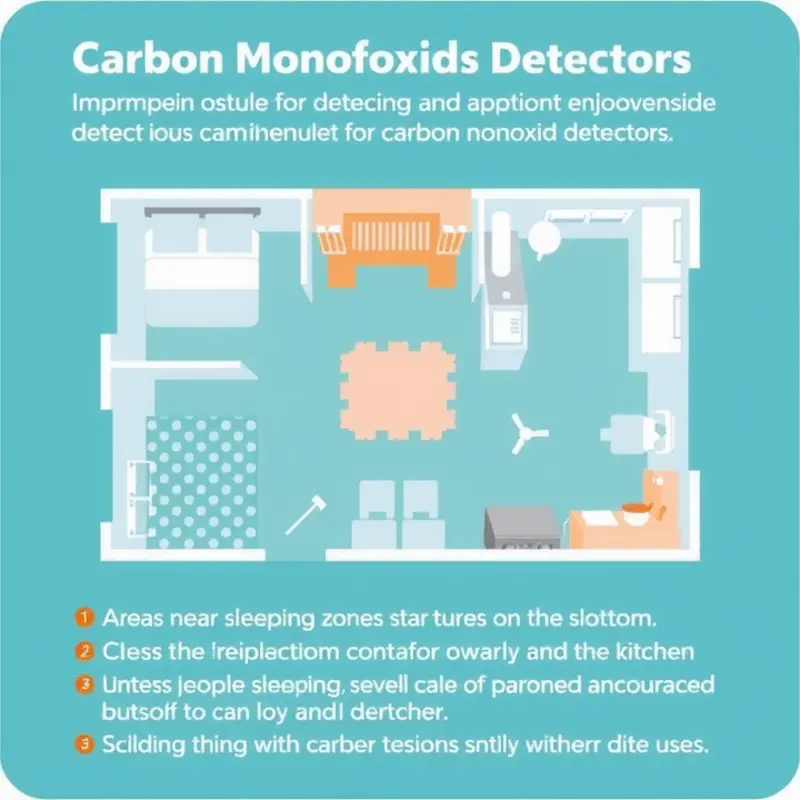
Once you’ve chosen the right carbon monoxide detector, placing it correctly ensures effective monitoring of your home’s air quality. Carbon monoxide (CO) is a colorless, odorless gas that can lead to dangerous situations if undetected. Therefore, strategic placement of detectors is paramount.
Where to Install Your Detector
It’s crucial to install at least one carbon monoxide detector on each level of your apartment, including the basement if you have one. Ensure it’s within 10 feet of every sleeping area to alert you quickly in case of elevated CO levels during the night. It’s particularly important to place detectors near potential sources of CO. This includes areas close to gas stoves, fireplaces, or an attached garage. However, avoid placing detectors directly above or beside these appliances to prevent false alarms triggered by small, temporary emissions. Instead, maintain a safe distance of about 15 feet.
Be mindful of potential obstructions when installing. Avoid locations near windows or doors where drafts might affect the detector’s accuracy. Do not install the detector in corners or cluttered areas that could inhibit its ability to sense CO efficiently.
Maintenance Tips for Longevity
Maintaining your carbon monoxide detector is an ongoing process that ensures its reliability. Begin by testing the unit regularly. Most detectors have a test button that you should press at least once a month to confirm the alarm functions as expected.
Battery replacements are critical. For battery-powered detectors, replace batteries at least once a year, even if the detector hasn’t signaled a low battery. Some detectors offer a sealed battery life of 10 years, but regular tests are still recommended to confirm the unit’s overall health. Detectors that are hardwired into your apartment’s electrical system often come with a battery backup; make sure this battery is always functional.
Be aware of the expiration date. Most detectors are designed to last for 5 to 7 years. Mark this date on your calendar or set a digital reminder to prompt a replacement when the time comes. This proactive step helps avoid complacency with aging equipment.
Finally, employ a regular cleaning routine. Dust and debris can accumulate over time, impairing the device’s sensors. A gentle vacuum or a wipe with a soft cloth every few months can keep your device in optimal condition.
For those interested in broader home safety strategies, you might find apartment radon safety an essential topic to explore. It provides insights into another invisible threat, complementing your efforts to maintain a safe living environment.
By meticulously installing and maintaining your detector, you can dramatically reduce the risk of carbon monoxide exposure, ensuring peace of mind in your rental apartment.
Final words
Being vigilant about your safety as a renter includes taking care of potential hazards like carbon monoxide. By choosing the right detector and knowing how to maintain it, you can significantly reduce risks associated with CO exposure. Remember, your apartment is not just a space to live; it’s your sanctuary. Equip it with essential safety measures to ensure a secure environment for yourself and your loved ones. Don’t overlook the importance of carbon monoxide detectors – safeguarding your health and wellbeing starts with awareness and action.

